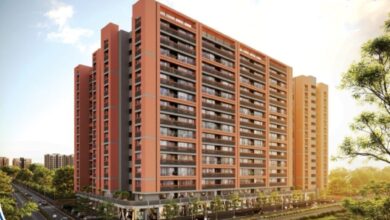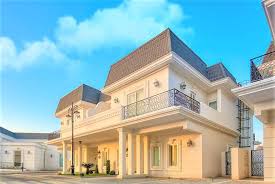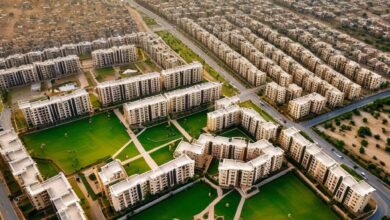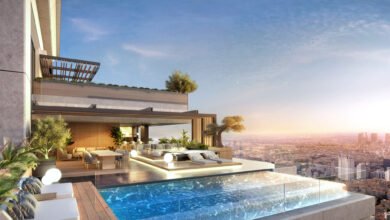Adding Height: Pros and Cons of Two-Story ADU Construction
Building upwards adds square footage without claiming more ground space on your land. DevArt8 Construction in Austin builds accessory dwelling units (ADUs) that maximize livable space on clients’ properties. One option we commonly present to homeowners is constructing a two-story ADU. However, multi-level ADUs aren’t ideal for everyone’s needs and budget. Here’s an overview of key pros and cons to weigh when considering a two-story ADU.
Pros
More Living Space
Building upwards allows for a larger footprint of usable interior space without expanding the physical dimensions of the ADU’s foundation. This enables the inclusion of bigger rooms and more functional spaces like:
- Extra bedrooms to accommodate families or guests
- Additional bathrooms for more privacy and convenience
- Expansive open floorplans for living rooms and dining areas
- More sizable tenant amenities such as walk-in closets, private decks/balconies
Leaving a smaller building footprint preserves more open yard area for the main home to retain. Less landscape disruption also allows existing site drainage to remain undisturbed.
Privacy
Elevating living spaces to a second floor removes direct sight lines into the main house’s windows, particularly when strategically orienting the ADU’s placement on site. Even if the ADU may impose physically due to its height, visual privacy reduces overlook between the two structures. Window placements can further angle sight lines away from each other’s private zones.
Ceiling Height Flexibility
Two-story construction inherently requires erecting taller walls to contain the upper floor. This enables cathedral ceiling spans, sloped skylight elements, and spacious vertical dimensions that feel airy while allowing sunlight permeation. The perceived sense of openness contrasts against confined one-story designs, even if square footages are comparable. Strategic use of volumetric spaces also feels luxurious.
Sustainability
Minimizing the ADU’s roof coverage and foundation footprint to cover strictly interior’s usable area, as opposed to wider single-story designs, reduces materials usage – a more sustainable approach. This prevents excess pavement, heat absorption and unnecessary sealing of open ground. Condensing the built area with a compact circulation footprint preserves existing site drainage contours, native landscape and backyard access as well – a more environmentally sensitive technique overall.
Cons
Imposing Height/Scale
- What appears attractive or intrusive remains quite subjective and contextually dependent.
- However objectively, a taller two-story mass physically imposes over a lower surrounding landscape more so than a shorter single-story building does.
- This longer shadow line, obstruction of sky views, and a larger looming presence could unsettle some homeowners sharing the property if not optically screened or set at enough distance from the main house.
Reduced Yard Space
If an ADU’s condensed footprint surrounds itself too tightly or affiliates immediately alongside the main home, this hampers usable yard access on all sides. For example, residents in the main house lose direct outdoor access from rear doors while ADU tenants lose private buffers outdoors. Strategic site positioning is required to allow open pathways, clear delineations between public and private yards, and segmented accessibility for both parties.
Complex Structural Design
Constructing vertically doubles structural considerations compared to horizontal expansion. Upper levels require rigid structural members, robust framing, concentrated load transfers, and resistance to seismic, shear, rotational and torsion forces from wind and gravity pressures. This often demands engineered systems above standard wood construction methods. Meeting building code compliance also increases with height. All these specialized technical requirements inflate overall project costs.
Accessibility Limitations
- As universally accessible dwellings grow increasingly prevalent in modern building codes, aged residents with limited mobility may find two-story homes challenging due to stair cases.
- This could deter aging-in-place adaptations in future decades or require tricky elevator accommodations pre-emptively.
- Even temporarily injured occupants will struggle leveraging living areas restricted to upper floors.
Costly Long-Term Expenses
In addition to upfront build pricing inflated by engineering requirements, ongoing maintenance, insurance and potential repair costs heighten over the ADU’s lifetime – from exterior paint touch-ups requiring tall ladders or lifts to risk mitigation from storm damage exposure. Planning for these perpetual expenses remains pragmatic when evaluating the return on investment for maximum height allowances. Weighing pros against cons requires realistic projections.
The main tradeoff is gaining living area by building upwards while managing increased design complexity and budget requirements for constructing over two levels.



